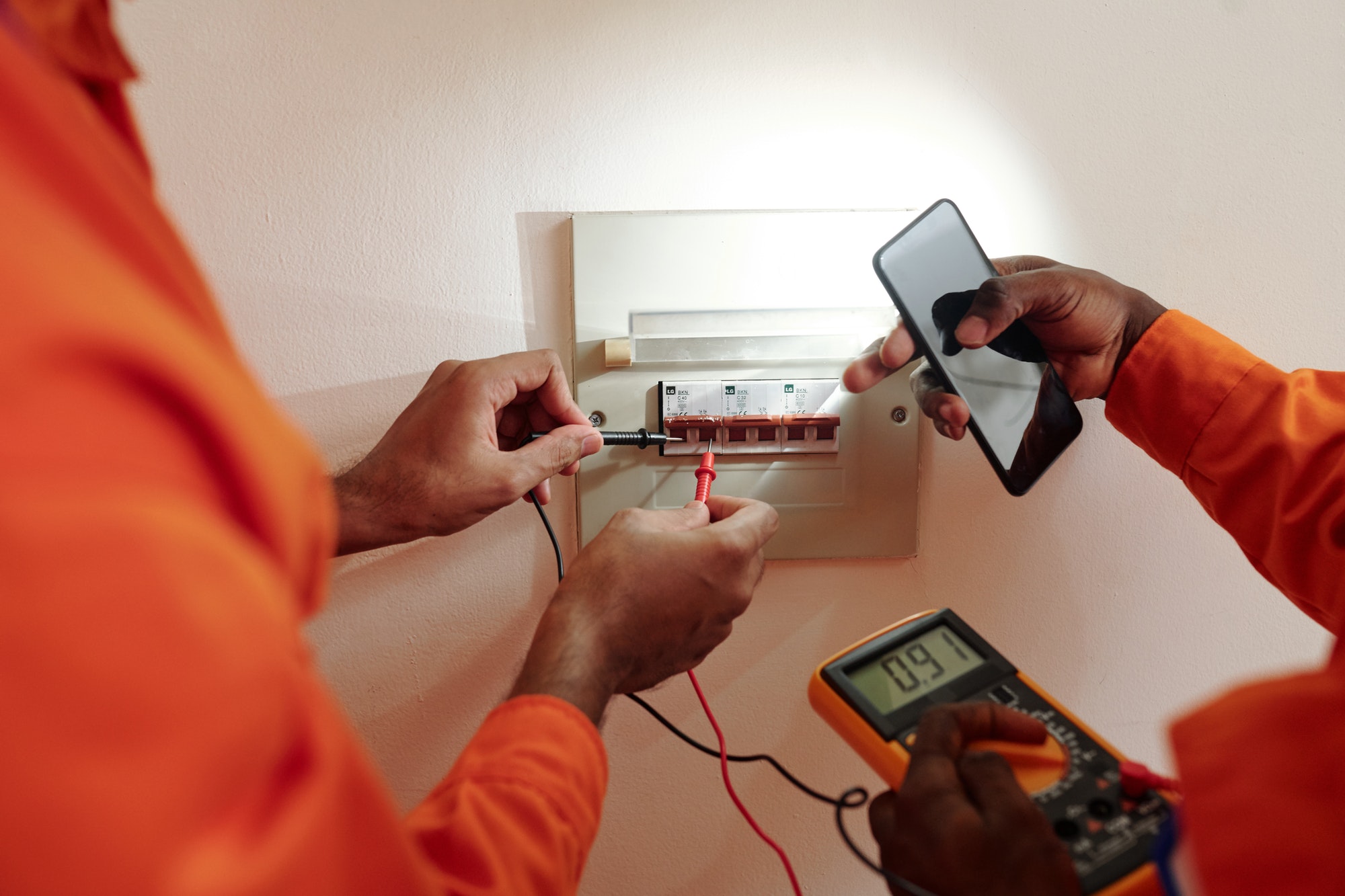Selecting the right light fixtures for your home or office is not just about illumination; it’s also a statement of style and functionality. Lighting can enhance the mood, improve productivity, and complement the overall aesthetic of a space. Here are essential tips for choosing the perfect light fixtures that combine form and function effectively:
1. Determine the Purpose of the Room
Before choosing any lighting fixtures, consider the primary use of each room. For example, a kitchen requires bright, functional lighting for safe food preparation, whereas a living room might benefit from softer, ambient lighting to create a relaxing atmosphere. Task lighting is essential in workspaces and reading areas, so choosing adjustable and direct lighting options like desk lamps or pendant lights is crucial.
2. Consider the Size and Scale
The size of the light fixture should be proportional to the space it will occupy. A large chandelier can be overwhelming in a small room, while tiny fixtures can get lost in a large space. As a rule of thumb for dining rooms, choose a chandelier or pendant that is approximately half to two-thirds the width of your dining table.
3. Layer Your Lighting
Effective lighting often involves layering multiple types of light sources. Include a mix of ambient (general), task, and accent lighting. Ambient lighting provides overall illumination, task lighting focuses on specific areas for certain activities, and accent lighting highlights architectural features or artwork. This approach allows flexibility and functionality within the space.
4. Select the Right Bulbs
The type of bulb you choose affects the quality of the light. LED bulbs are energy-efficient and long-lasting, making them a popular choice. Consider the color temperature and lumens (light output) based on your needs: warmer, softer lights (2700-3000K) are great for cozy, relaxing areas, while cooler, brighter lights (3500-5000K) are better for workspaces and kitchens.
5. Match Your Home’s Style
Light fixtures should complement the style of your home. Modern interiors might benefit from sleek metals and minimalist designs, whereas traditional spaces can accommodate ornate fixtures and rich materials like bronze or gold. Don’t be afraid to mix styles, but try to maintain some cohesive elements throughout your home.
6. Adjustability and Control
Consider fixtures that offer adjustable heights and angles, especially in multi-use spaces. Dimmers are also a valuable feature, allowing you to control the intensity of light based on the time of day or the activity taking place. This flexibility can significantly enhance the functionality and atmosphere of a room.
7. Energy Efficiency
Energy efficiency is increasingly important in home design. Opt for LED fixtures or those compatible with energy-saving bulbs. Not only do they reduce your carbon footprint, but they also lower your electricity bills. Look for fixtures that are ENERGY STAR rated for maximum efficiency.
8. Installation and Maintenance
Think about the ease of installation and the maintenance involved. Some fixtures may require professional installation or frequent cleaning. Weigh these factors against your willingness and ability to maintain them over time.
Conclusion
Choosing the perfect lighting fixtures involves more than picking a design you like; it requires a thoughtful consideration of function, size, style, and efficiency. By following these tips, you can ensure that your lighting not only looks great but also enhances the livability and functionality of your space, making it a truly enlightening experience.







